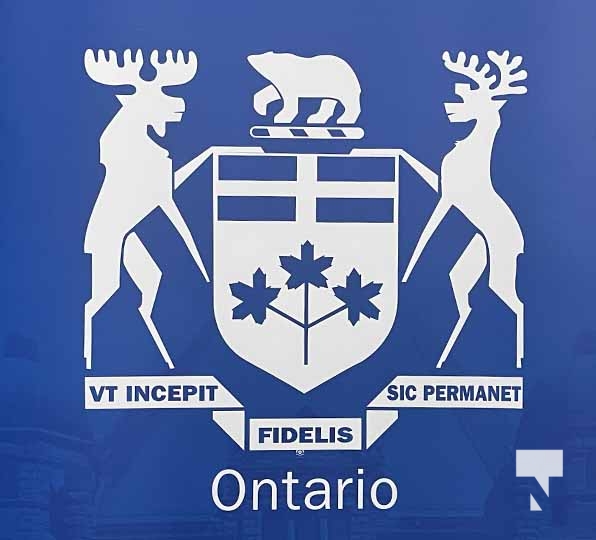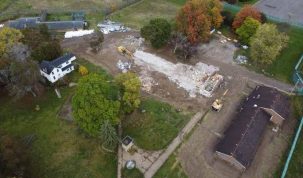Proposed measures would also continue reducing delays at the Landlord and Tenant Board
On Thursday, October 23,2025, the Ontario government introduced the Fighting Delays, Building Faster Act, 2025 that would, if passed, protect Ontario’s economy and keep workers on the job by cutting red tape, getting shovels in the ground faster and supporting the construction of homes, roads and infrastructure. The proposed legislation also includes measures that would reduce gridlock, relieve backlog at the Landlord and Tenant Board and promote increased supply of rental housing.
“Our government is building a more prosperous, resilient and competitive economy by fighting costly delays and regulatory burdens that slow the delivery of homes, roads and infrastructure that communities need,” said Rob Flack, Minister of Municipal Affairs and Housing. “With tariffs and economic uncertainty taking aim at our economy, we’re working with municipal leaders and homebuilders to get shovels in the ground faster so we can build more homes and keep workers on the job.”
The Fighting Delays, Building Faster Act, 2025, if passed, and related actions would:
- Reduce barriers to building homes and infrastructure by streamlining approvals and site plan control in time for the spring building season. Site plan control is a planning tool that municipalities use to evaluate certain site elements such as parking areas and landscaping, which the province is streamlining to create consistent standards and lower costs for building.
- Undertake a section-by-section review of the Ontario Building Code to reduce regulatory burdens and costs while maintaining safety.
- Address delays and support backlog reduction efforts at the Landlord and Tenant Board by improving the speed and fairness of processes, limiting bad actors from abusing the system and including new measures to help balance the rights and responsibilities of landlords and tenants to encourage landlords to bring more rental housing online.
- Help cut red tape that is slowing down road construction by moving forward with a common set of road construction standards across all municipalities.
- Speed up decision-making and get shovels in the ground faster for water and wastewater in Peel Region by enabling a new public corporation model for Mississauga, Brampton and Caledon to deliver these services.
- Keep people and goods moving by prohibiting the reduction of vehicle lanes when municipalities install new bicycle lanes.
- Crack down on fraud in Ontario’s licensing system by strengthening eligibility requirements to get an Ontario driver’s licence.
- Help build housing for seasonal farm workers faster by making it easier to put septic systems in place on farm properties.
The Fighting Delays, Building Faster Act, 2025 builds on the government’s ongoing work with municipal partners to cut red tape and accelerate housing and transportation infrastructure for the province’s long-term stability, resiliency and prosperity.
Quick Facts
- The Fighting Delays, Building Faster Act, 2025 builds on the actions in the Protect Ontario by Building Faster and Smarter Act, 2025.
- A report from the Canadian Centre for Economic Analysis found that gridlock in Ontario is significantly impacting commuters’ quality of life and costing the province $56 billion a year.
- Ontario invested $6.5 million in 2023-24 to appoint an additional 40 adjudicators and hire five additional staff – more than doubling the number of full-time adjudicators at the Landlord and Tenant Board (LTB) – to help address the backlog, improve timeliness and strengthen client services at the Landlord and Tenant Board. The LTB has since reduced its caseload by 33 per cent since its peak in December 2023.
- Consistent with the rules in place across the rest of the province, Ontario is also removing the City of Toronto’s ability to require so-called green roofs to help lower the cost of construction.
- Ontario farms employ 30,000 agricultural workers who help grow and harvest the food that supports the province’s agricultural sector and food-supply chain.
- Peel Region’s water and wastewater infrastructure is the second largest in Ontario, with assets over $40 billion and serving 1.6 million residents.





















